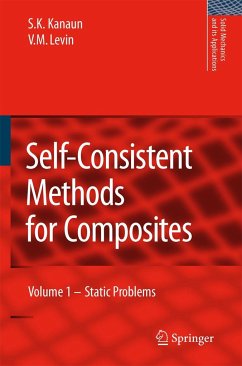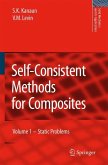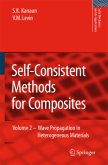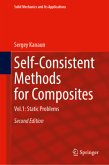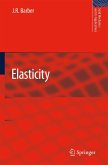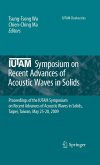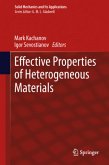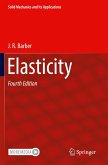This timely text is the first monograph to develop self-consistent methods and apply these to the solution of problems of electromagnetic and elastic wave propagation in matrix composites and polycrystals. Predictions are compared with experimental data and exact solutions. Explicit equations and efficient numerical algorithms for calculating the velocities and attenuation coefficients of the mean (coherent) wave fields propagating in composites and polycrystals are presented.
The theory of heterogeneous materials has been intensively developed during the past few decades. The main reason for the interest of many researchers in this part of the mechanics of solids is the wide area of application of hete- geneous materials in modern material engineering. Self-consistent methods form a well-known branch of the theory of heterogeneous materials. In most books devoted to the mechanics and physics of heterogeneous media, the reader can ?nd self-consistent solutions. But there are no books covering the entire spectrum of self-consistent methods in application to the calculation of static and dynamic properties of heterogeneous materials. This book has been written to cover this gap. It is written for engineers because here they can ?nd the equations for the e?ective properties of composites reinforced with various types of inclusions. The main advantage of self-consistent methods is that they give relatively simple equations for the e?ective parameters of composites. Such equations for static and dynamic properties of matrix composites reinforced with va- oustypesofinclusions,forporousmedia,mediawithcracksandotherdefects, for polycrystals, etc., are widely used in engineering practice, and many new self-consistent solutions are presented in the book. This book is written also for scholars who wish to develop the theory of heterogenousmedia.Inthebooktheywill ?ndthebasicideasandalgorithms for the construction of self-consistent solutions. The book shows how these methods may be applied to composites with inclusions of complex structures, toproblemsofwavepropagation,forcalculationofhigherstatisticalmoments of physical ?elds in composites. Various ways for improving self-consistent solutions are proposed and discussed.
The theory of heterogeneous materials has been intensively developed during the past few decades. The main reason for the interest of many researchers in this part of the mechanics of solids is the wide area of application of hete- geneous materials in modern material engineering. Self-consistent methods form a well-known branch of the theory of heterogeneous materials. In most books devoted to the mechanics and physics of heterogeneous media, the reader can ?nd self-consistent solutions. But there are no books covering the entire spectrum of self-consistent methods in application to the calculation of static and dynamic properties of heterogeneous materials. This book has been written to cover this gap. It is written for engineers because here they can ?nd the equations for the e?ective properties of composites reinforced with various types of inclusions. The main advantage of self-consistent methods is that they give relatively simple equations for the e?ective parameters of composites. Such equations for static and dynamic properties of matrix composites reinforced with va- oustypesofinclusions,forporousmedia,mediawithcracksandotherdefects, for polycrystals, etc., are widely used in engineering practice, and many new self-consistent solutions are presented in the book. This book is written also for scholars who wish to develop the theory of heterogenousmedia.Inthebooktheywill ?ndthebasicideasandalgorithms for the construction of self-consistent solutions. The book shows how these methods may be applied to composites with inclusions of complex structures, toproblemsofwavepropagation,forcalculationofhigherstatisticalmoments of physical ?elds in composites. Various ways for improving self-consistent solutions are proposed and discussed.

